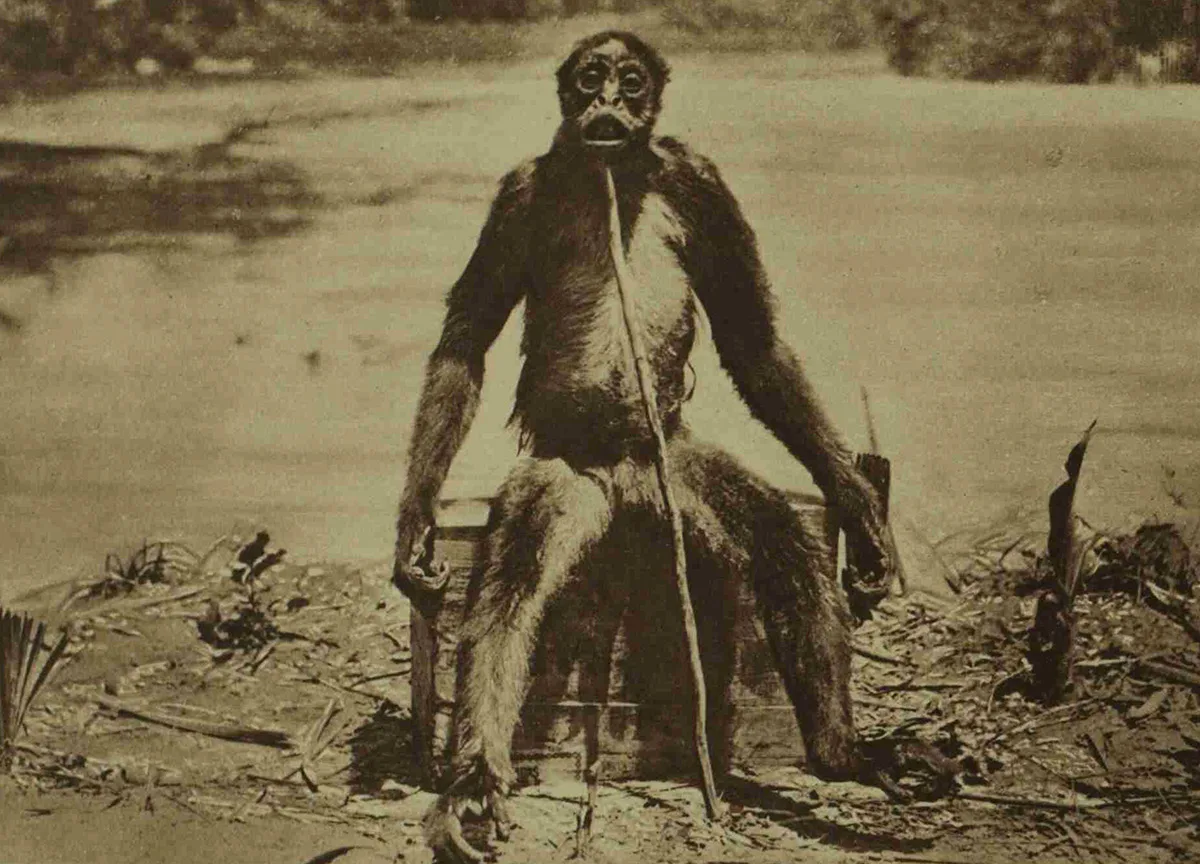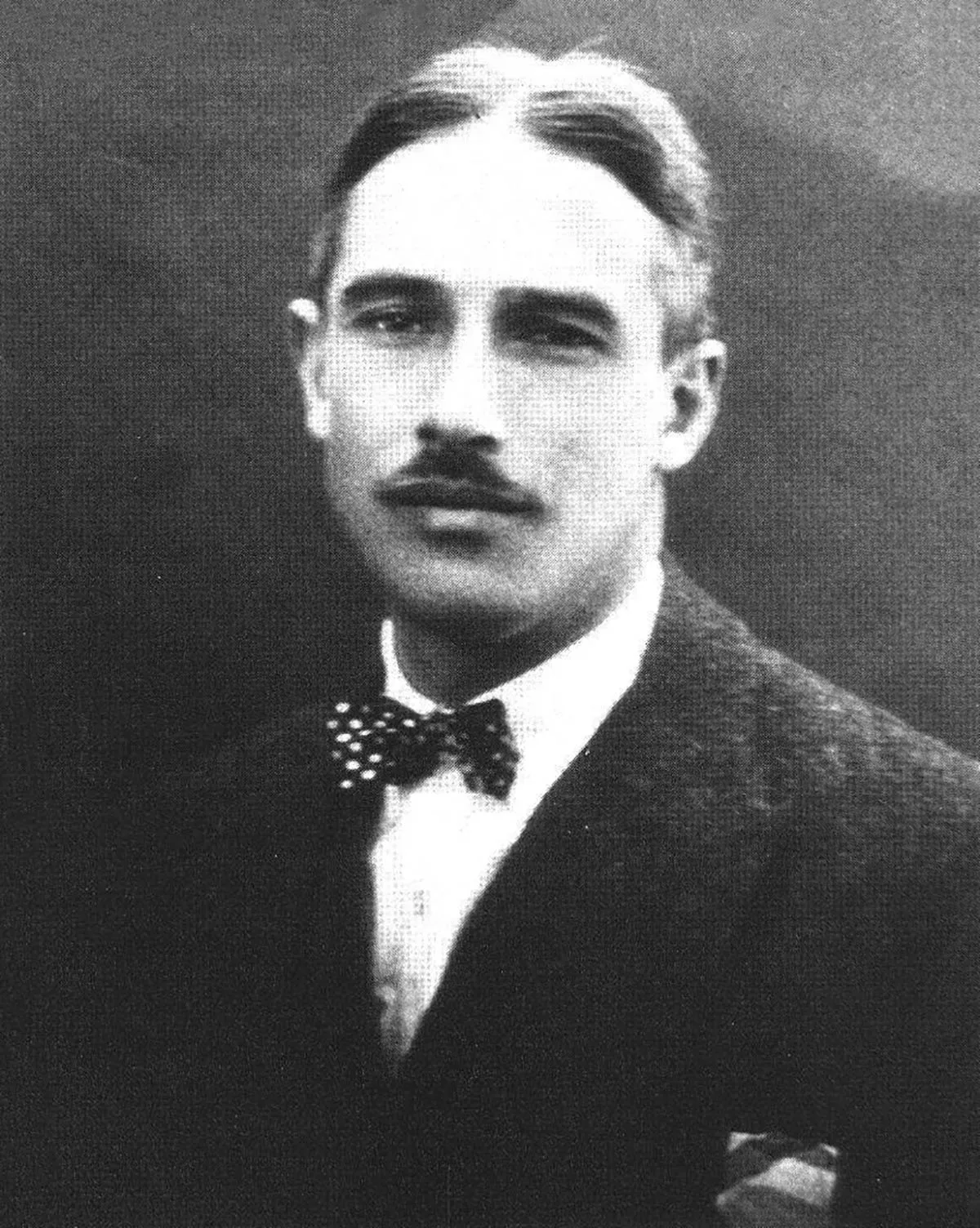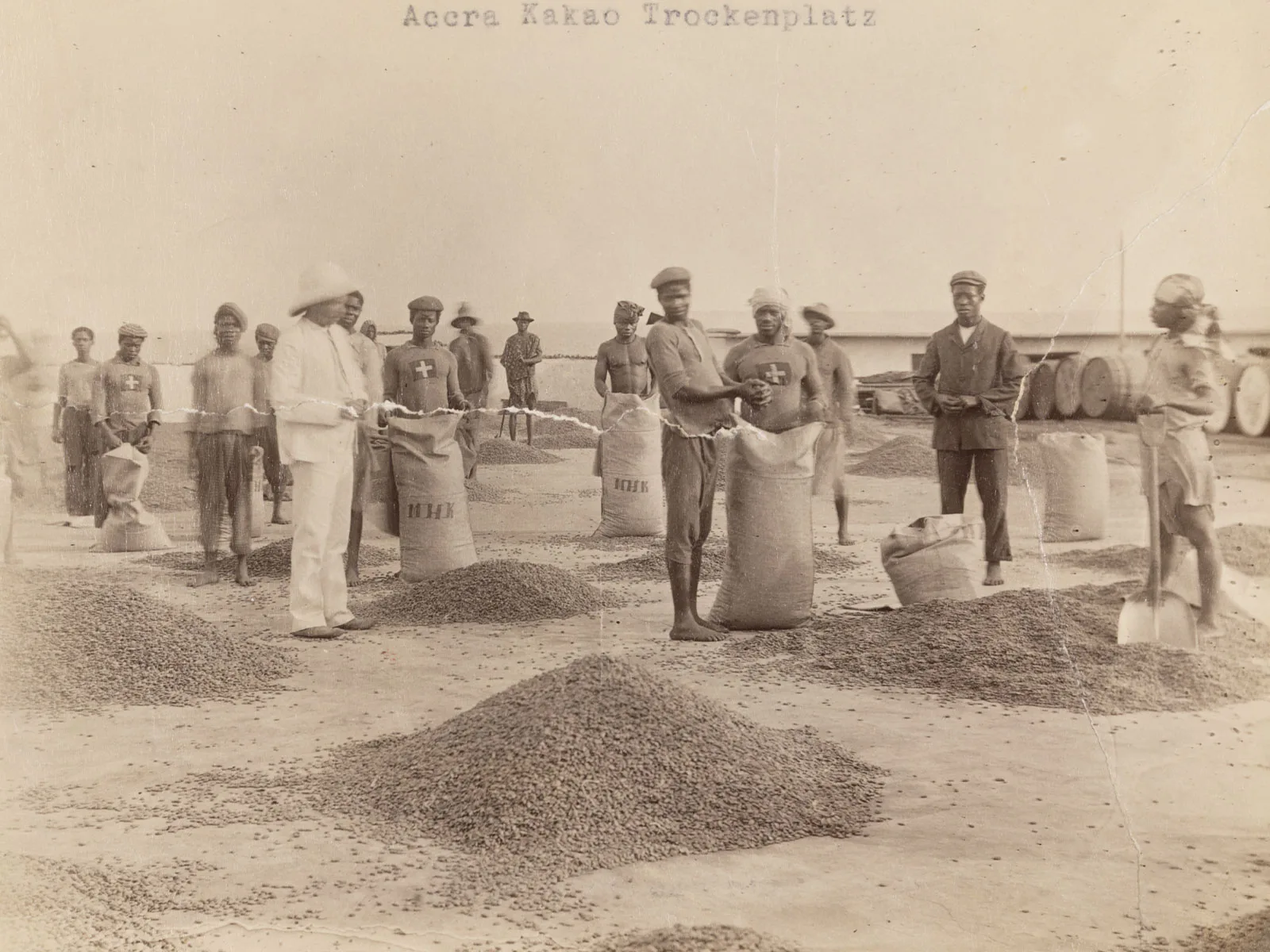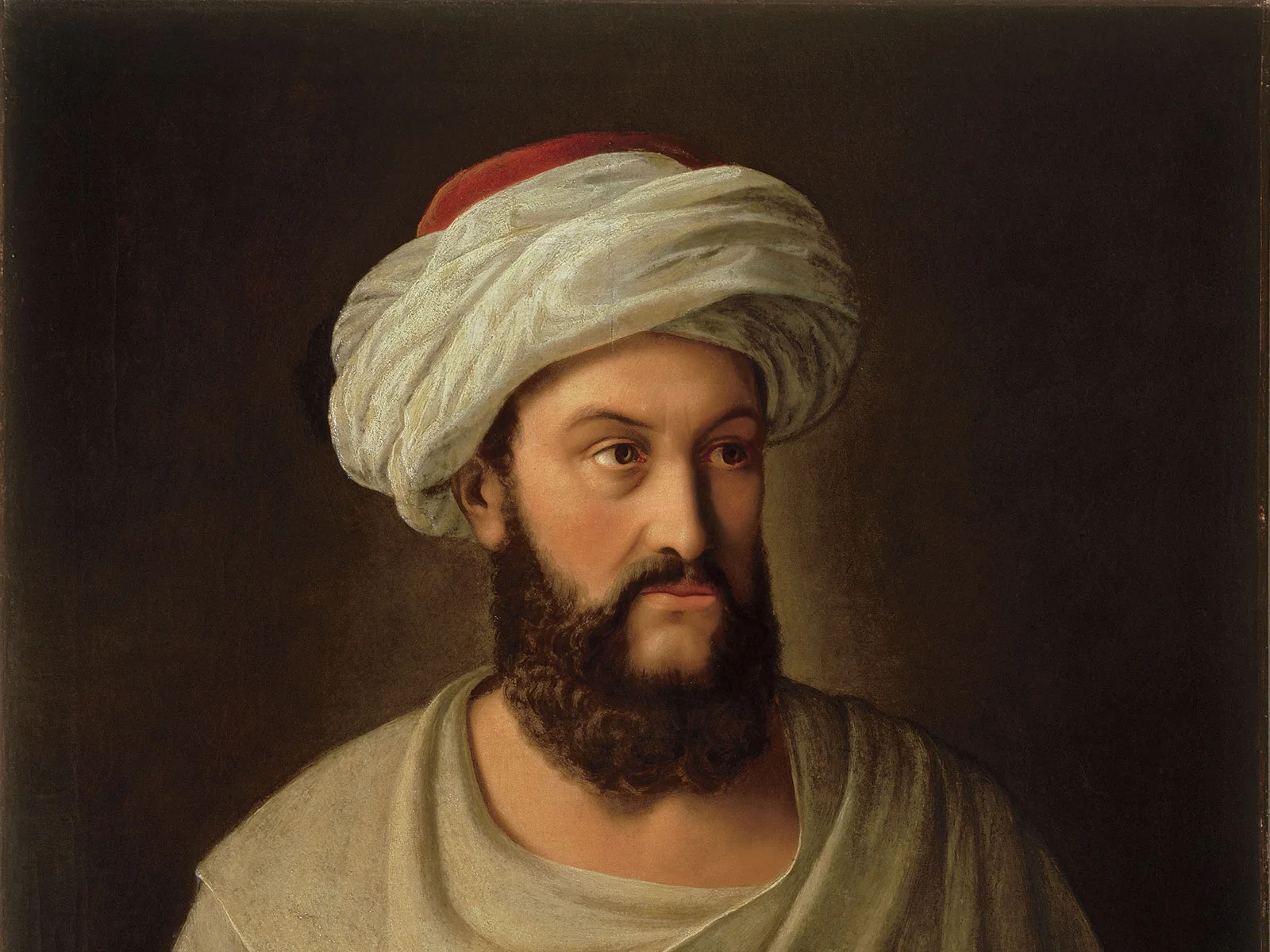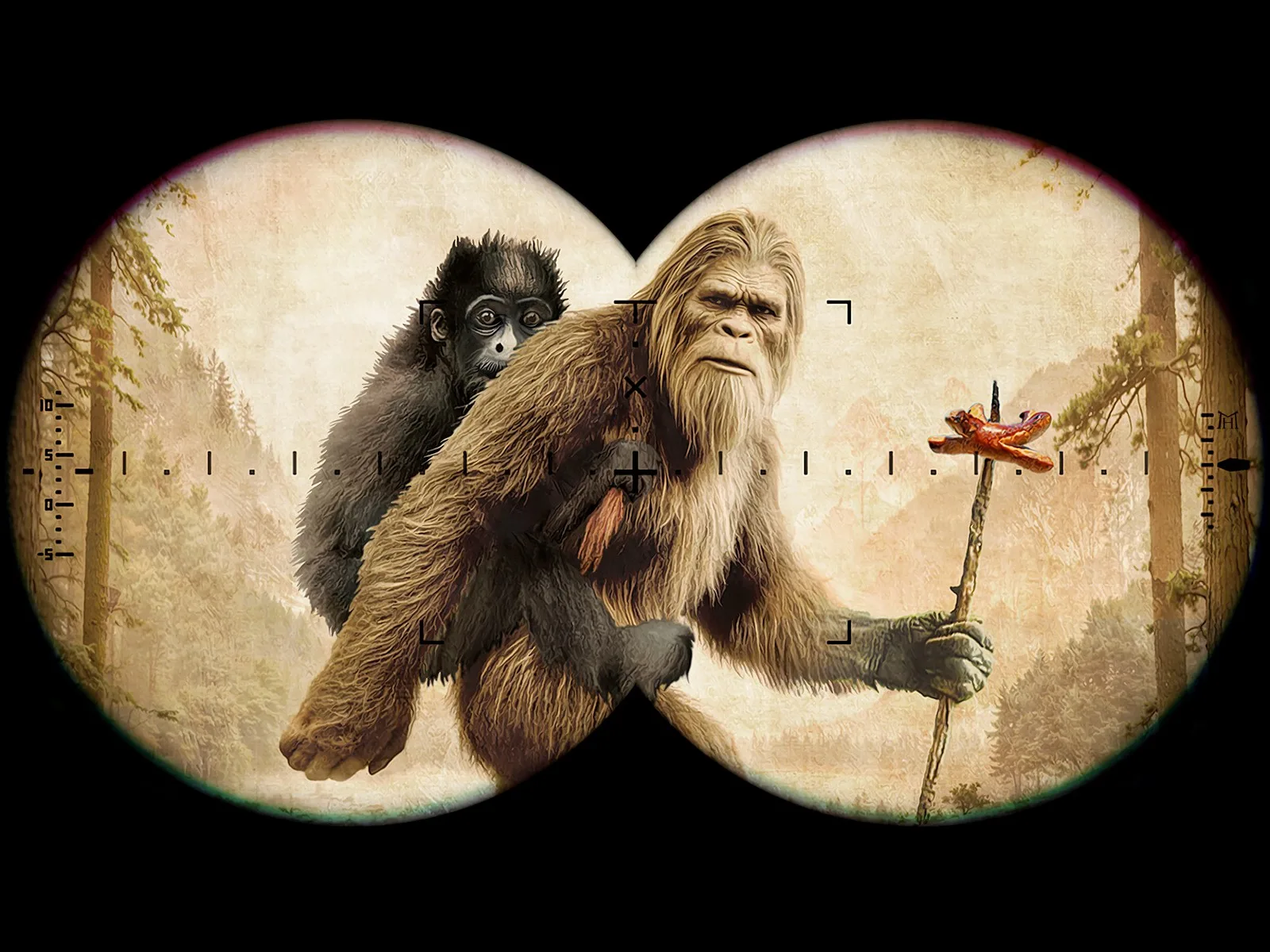
Swiss monster hunters
What do an orphan from Lucerne and a geologist from Western Switzerland have in common? A fascination with mysterious creatures. René Dahinden and François de Loys both made a name for themselves in the field of cryptozoology.
To Canada via Sweden
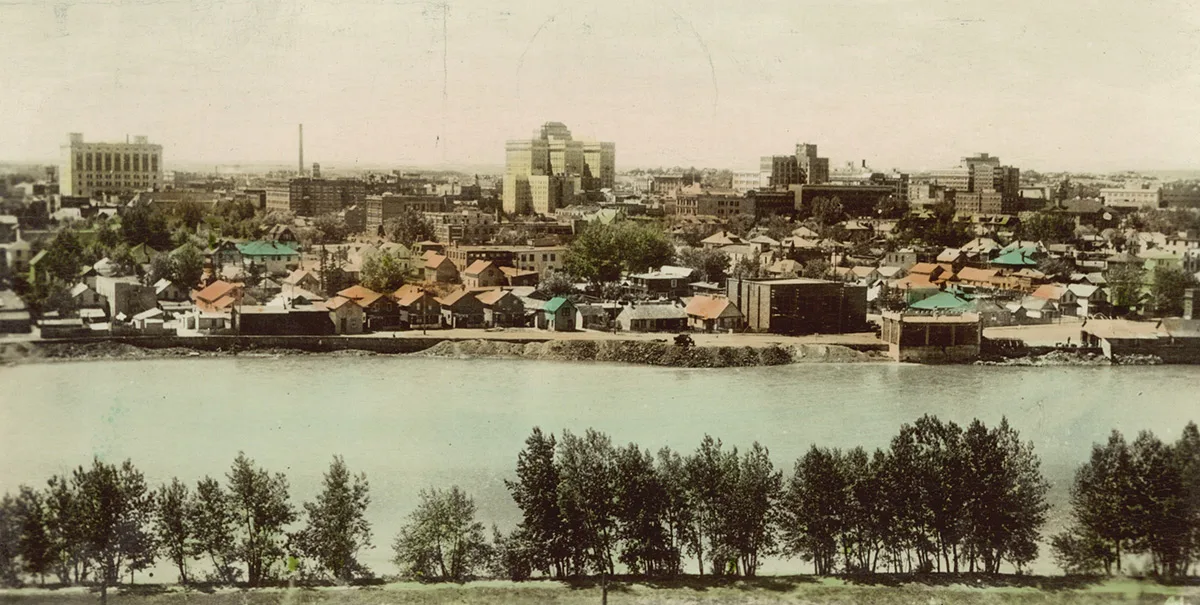
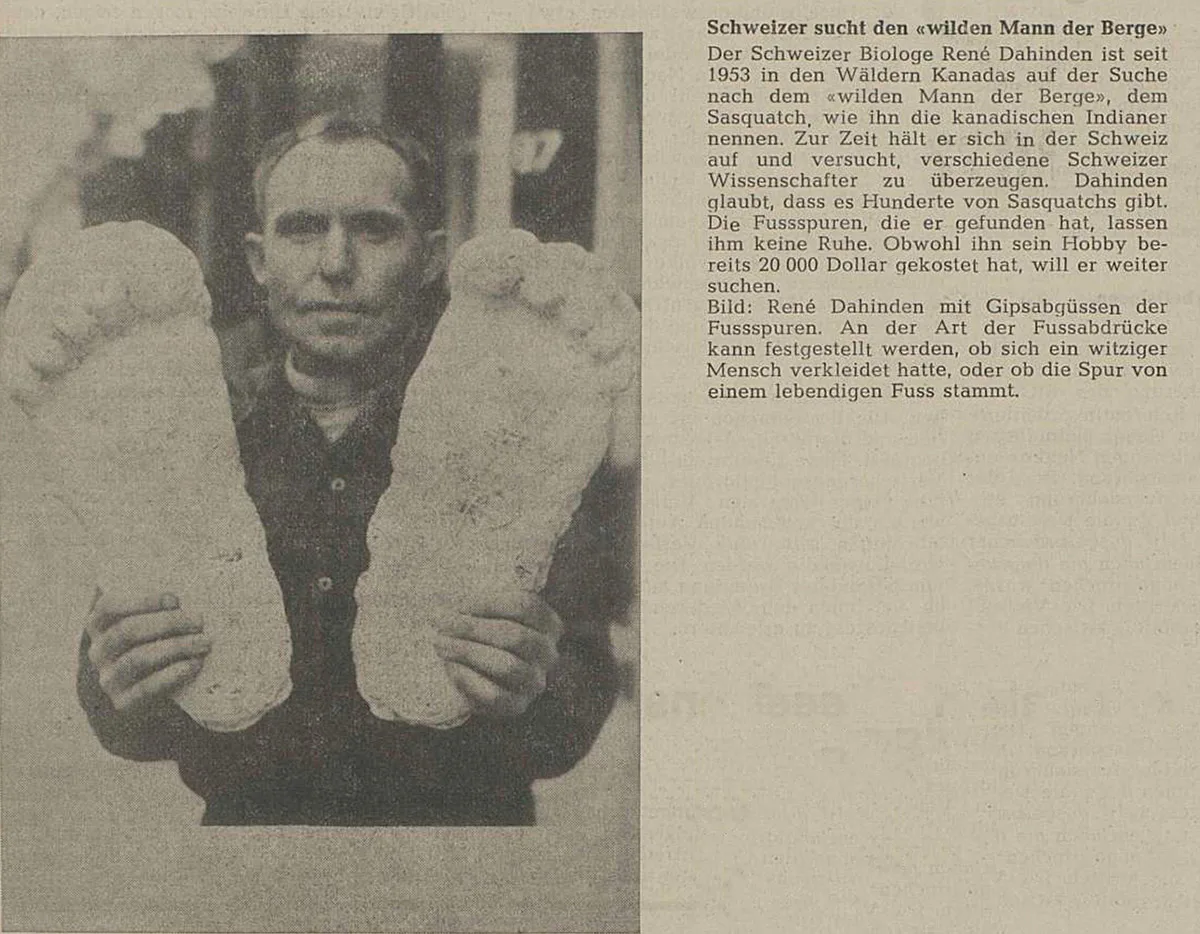
Expedition in Venezuela
